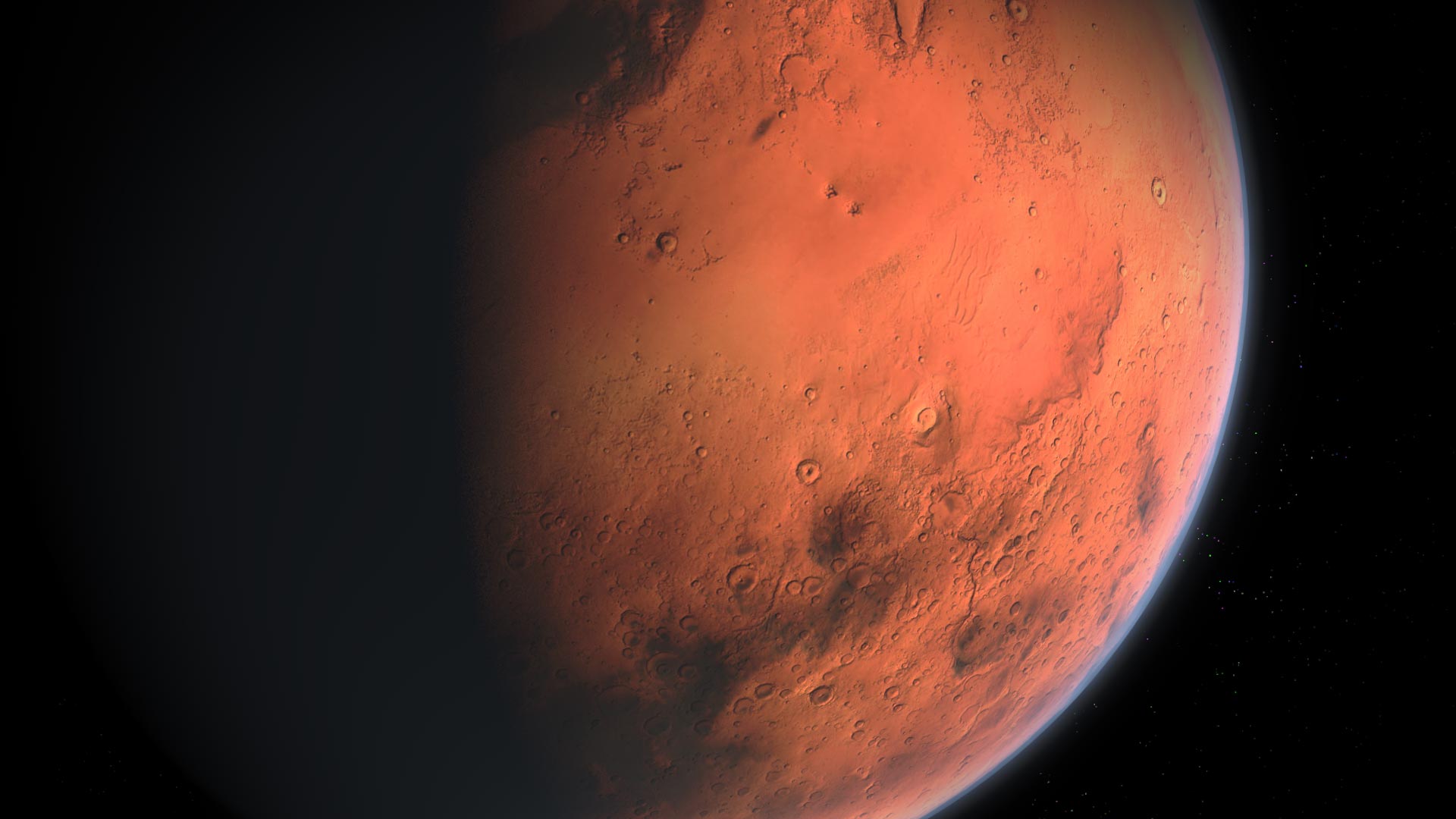

Dust devils on Mars are small whirlwinds of dust that occur when the sun heats the surface of the planet, causing the air to rise and form a vortex. These dust devils can reach heights of up to several kilometers and have winds that can reach speeds of up to 60 km/h. Dust devils are common in many areas of Mars and can be found in both the northern and southern hemispheres.
Scientists have made history by recording the first audio of an extraterrestrial whirlwind on Mars, thanks to the microphone on NASA’s Perseverance rover. The study, led by planetary scientist Naomi Murdoch and a team of researchers at the National Higher French Institute of Aeronautics and Space and NASA, was published in Nature Communications.
Roger Wiens, a professor of earth, atmospheric and planetary sciences at Purdue University’s College of Science, leads the instrument team behind the discovery. He is the principal investigator of Perseverance’s SuperCam, a suite of tools that make up the rover’s “head,” including advanced remote-sensing instruments, spectrometers, cameras, and the microphone.
“We can learn a lot more using sound than we can with some of the other tools,” Wiens said. “They take readings at regular intervals. The microphone lets us sample, not quite at the speed of sound, but nearly 100,000 times a second. It helps us get a stronger sense of what Mars is like.”
The microphone is not on continuously; it records for about three minutes every couple of days. Getting the whirlwind recording, Wiens said, was lucky, though not necessarily unexpected. In the Jezero Crater, where Perseverance landed, the team has observed evidence of nearly 100 dust devils – tiny tornadoes of dust and grit – since the rover’s landing. This is the first time the microphone was on when one passed over the rover.
The sound recording of the dust devil, taken together with air pressure readings and time-lapse photography, helps scientists understand the Martian atmosphere and weather.
“We could watch the pressure drop, listen to the wind, then have a little bit of silence that is the eye of the tiny storm, and then hear the wind again and watch the pressure rise,” Wiens said. It all happened in a few seconds. “The wind is fast — about 25 miles per hour, but about what you would see in a dust devil on Earth. The difference is that the air pressure on Mars is so much lower than the winds, while just as fast, pushing with about 1% of the pressure the same speed of wind would have back on Earth. It’s not a powerful wind, but clearly enough to loft particles of grit into the air to make a dust devil.”
The information indicates that future astronauts will not have to worry about gale-force winds blowing down antennas or habitats — so future Mark Watneys won’t be left behind — but the wind may have some benefits. The breezes blowing grit off the solar panels of other rovers — especially Opportunity and Spirit — may be what helped them last so much longer.
“Those rover teams would see a slow decline in power over a number of days to weeks, then a jump. That was when wind cleared off the solar panels,” Wiens said.
The lack of such wind and dust devils in the Elysium Planitia where the InSIght mission landed may help explain why that mission is winding down.
“Just like Earth, there is different weather in different areas on Mars,” Wiens said. “Using all of our instruments and tools, especially the microphone, helps us get a concrete sense of what it would be like to be on Mars.”
Reference: “The sound of a Martian dust devil” by N. Murdoch, A. E. Stott, M. Gillier, R. Hueso, M. Lemmon, G. Martinez, V. Apéstigue, D. Toledo, R. D. Lorenz, B. Chide, A. Munguira, A. Sánchez-Lavega, A. Vicente-Retortillo, C. E. Newman, S. Maurice, M. de la Torre Juárez, T. Bertrand, D. Banfield, S. Navarro, M. Marin, J. Torres, J. Gomez-Elvira, X. Jacob, A. Cadu, A. Sournac, J. A. Rodriguez-Manfredi, R. C. Wiens, and D. Mimoun, 13 December 2022, Nature Communications.
DOI: 10.1038/s41467-022-35100-z